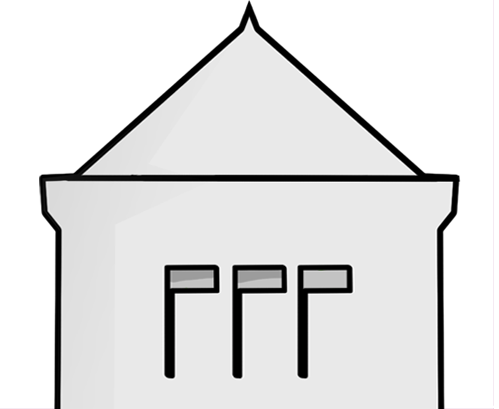|
| Please check back here frequently for a full list of the parts we've developed, submitted to the [http://partsregistry.org Registry] and have had approved. We will also endeavour to include our characeterisation protocols, although we are currently collaborating with Purdue to decide exactly what these should be.
proper part documentation is to describe and define a part such that it can be used without a need to refer to the primary literature. The next iGEM team should be able to read your documentation and be able to use the part successfully. Also, you should provide proper references to acknowledge previous authors and to provide for users who wish to know more
Currently Working On
- Bio-system 1: pCpxR promoter activates GFP expression. Will produce the green fluorescent protein on membrane stress.
- Bio-system 2: Constitutive genes produce YFP and Ice nucleation protein with a silica binding domain at the c-terminus.
- Bio-system 3: integration of 1 and 2, INP Si4is constitutively produced but the fluorescent protein is under control of pCpxR promoter. When bound to silica beads will fluoresce
- Also planning on having the silica binding peptide submitted as its own part for others to use for their own purposes.
Submitted
A full listing of all parts Leeds iGEM 2013 have submitted to the Registry, and their status.
<groupparts>iGEM013 Leeds</groupparts>
Characterisation Protocols
- Bio-system 1: Bacteria exposed to hydrophobic beads to induce membrane stress and fluorescence response is measured using a flourimeter.
- Bio-system 2: Bacteria exposed to silica beads and washed. Control with no silica binding domain. Those that have bound will be visualised on the beads and those that have not will be seen in the elution.
- Bio-system 3: Expose the bacteria to silica beads will fluoresce when bound and not fluoresce when unbound. Measure the fluorescence with flourimeter.
- The Si4 domain will be characterised with bio-system 2 if binding occurs.
|



 "
"






